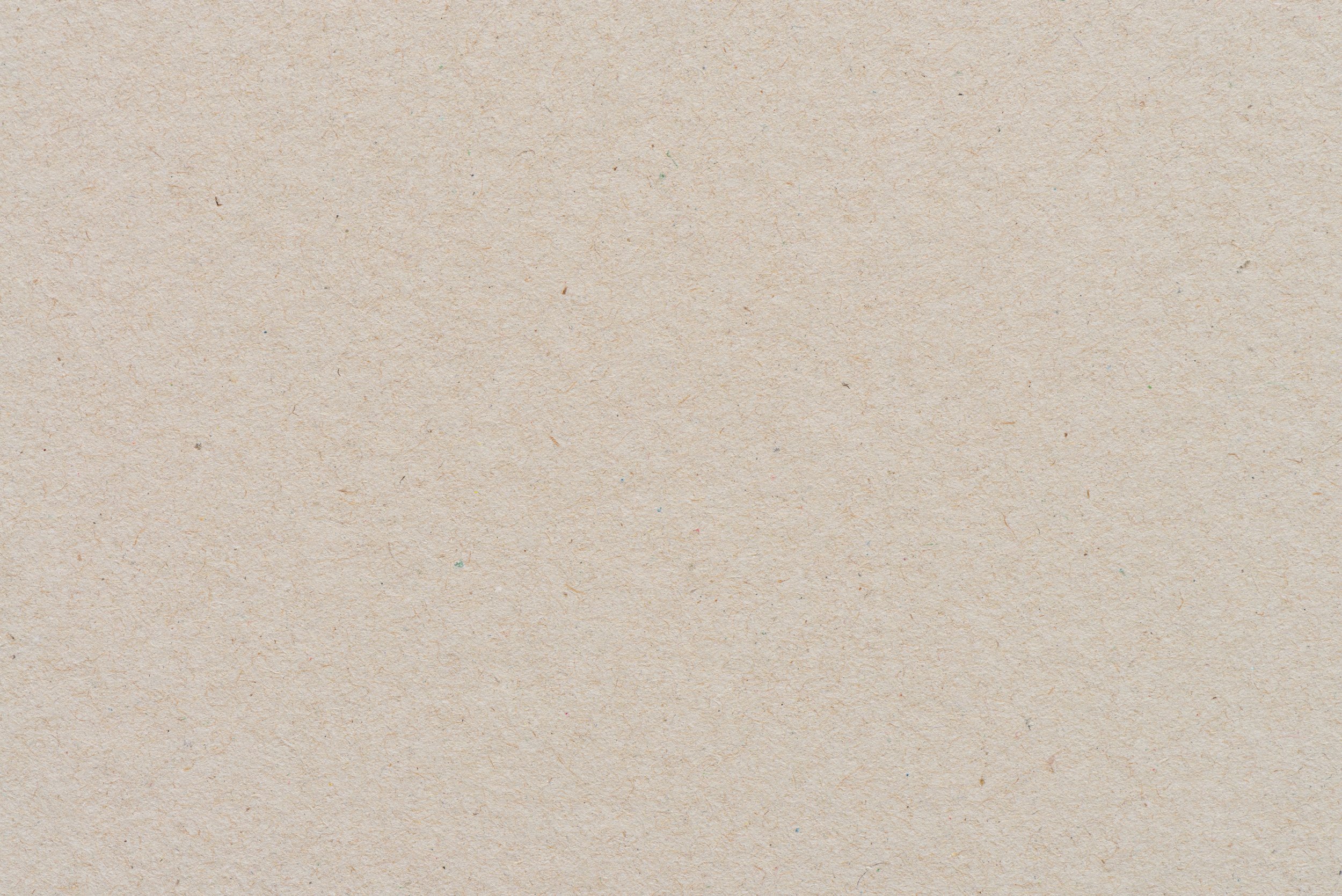
Harvest Time
LESSON 2
Children develop an appreciation for the value of hard work and gratitude through reading a harvest story, baking bread as a tangible representation of harvest, and creating colorful corn art.
The book, “The Harvest Story,” by Elizabeth Repel
Watercolor paper
Watercolor paints
Paintbrush
Hot glue
Bread ingredients:
Honey
Salt
Active dry yeast
All purpose flour
Materials
Preparations
Cut out the watercolor paper into a corn shape.
Use the hot glue gun to glue lines on the corn into kernel shapes.
Allow it to dry and set aside to use during the lesson.
Gather materials
Follow the steps to prepare the rainbow corn craft beforehand.
Facilitate a discussion about gratitude, allowing children to express what they are thankful for.
Introduce the book "The Harvest Story" and explain the concept of harvest and its connection to gratitude.
Guide children in understanding and appreciating the challenges and hard work involved in growing and harvesting food.
Read the story or provide a simplified version for younger children, encouraging engagement and comprehension.
Initiate a discussion about why the farmer expresses gratitude in the story, using open-ended questions to promote critical thinking.
Lead two hands-on activities, bread baking and corn craft, reinforcing the lesson's theme of gratitude and harvest.
Objectives for Teachers
Children reflect on the concept of gratitude and share something they are grateful for.
Children understand the meaning of "harvest" and its connection to gathering fruits and vegetables.
Children express why they appreciate the time of harvest and the food it brings.
Children recognize the challenges and hard work involved in growing and harvesting food.
Children engage in a discussion about the story to understand why the farmer expresses gratitude.
Children answer questions about the challenges the farmer faced.
Children participate in two activities: baking bread and creating colorful corn, connecting them to the lesson's theme of gratitude and harvest.
Objectives for Children

Collect and Connect
Practice saying the poem with the actions you came up with.
The Harvest
The silver rain, the shining sun,
The fields where scarlet poppies run,
And all the ripples of the wheat
Are in the bread that we do eat.
So, when we sit for every meal,
And say a grace: we always feel,
That we are eating rain and sun,
And fields where scarlet poppies run.
A. Henderson

Activity Flow
Start this lesson by reflecting on the previous activity and the meaning of gratitude/giving thanks/being thankful. Take a moment to share something you are grateful for today with your child, and then allow them the opportunity to do the same.
Show your child the cover of the book, "The Harvest Story," and explain that this story is also about gratitude. Ask your child if they know what "harvest" means, and then share that it's the time when farmers and gardeners gather the fruits, vegetables, and other crops that have grown in their fields or gardens. It's a special time when all the hard work of planting and caring for plants pays off, like nature's way of giving us a gift of tasty and healthy things to eat.
After gaining an understanding of the term "harvest," take a moment to express why you appreciate this time of year, including the harvesting of fruits and vegetables and the food we enjoy. Encourage your child to share their thoughts as well. Following this, explain that growing and harvesting food is a challenging process that requires hard work. Read the story to discover the challenges the farmer encounters while growing food for the year. If your child is younger, consider sharing the story in your own words instead of reading verbatim.
After the story, initiate a discussion about why the farmer is giving thanks and expressing gratitude at the end of the story.
Ask questions like:
What challenges did the farmer experience?
How long does it take to grow food?
What did the farmer grow in his field?
What did the farmer do with the wheat?
Why is the farmer grateful at the end of the story?
5. Following your discussion, introduce today's activities. First, prepare a simple loaf of bread with your child, connecting the flour in the story to the flour you'll use to make the bread. Discuss all the different foods you enjoy that use flour. Express your gratitude for the flour, and the additional ingredients used to make the bread. If you are gluten-free, substitute the flour with a gluten-free alternative of your choice.
6. While your bread is rising and baking, start the second activity. Another common crop we harvest this time of year is corn. There are many different types of corn, and rainbow corn is always inspiring. Use the corn you prepared beforehand to create your own colorful corn. Use watercolor paints to paint each corn kernel a variety of colors, add leaves, and display your finished craft.
7. To conclude this lesson, enjoy the bread you've baked together!





